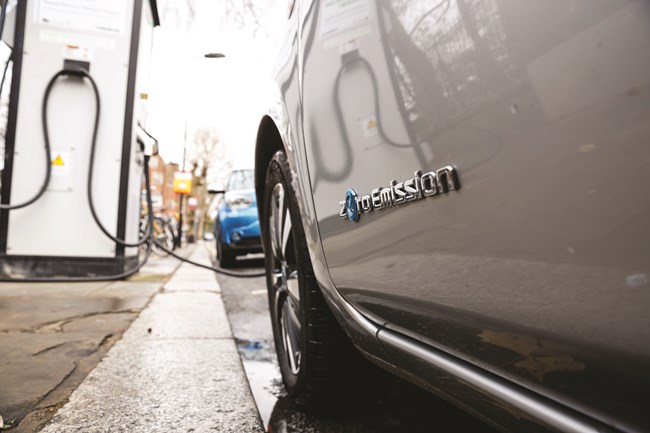We use cookies to ensure that we give you the best experience on our website. If you continue without changing your settings, we will assume that you are happy to receive all cookies on the Business Car website. However, if you would like to, you can change your cookies at any time

The start point for the best source of fleet information |
Decarbonising grey fleet a major challenge, AFP says
Date: 17 February 2022 | Author: Sean Keywood

Making grey fleet operations low-carbon is going to be one of the major challenges facing managers over the next few years, according to the Association of Fleet Professionals (AFP).
The organisation said that with company car schemes rapidly electrifying, the contrast in emissions between these and employees' own cars used for work purposes was becoming increasingly marked.
AFP chair Paul Hollick said: "By the end of this year, and certainly looking into 2023, it's likely that many major fleets will have something like a 30-50% rate of EV penetration. They are well on the way to becoming zero emissions fleets.
"However, the rate of change for grey fleet is much, much slower. Among private motorists using their car for work purposes, those opting for PHEVs and EVs are still very much the outliers and that situation may well persist for a while.
"For organisations who are determined to work towards low-carbon and net zero futures, this is a genuine issue and, we believe, one of the major challenges for fleets over the next few years."
Hollick said that there were actions fleets could take to try and accelerate change among grey fleets, including policy adjustments.
He said: "Probably the most obvious solution is a EV-based salary sacrifice scheme. These are currently very attractive while electric car taxation remains low and represent an attractive potential benefit to many employees.
"Also, because they are operated by third parties, they require little additional resource from the fleet department.
"It is also essential to ensure that infrastructure and reimbursement to support grey fleet EVs is being properly managed. That might mean helping grey fleet drivers who are keen on PHEV or EV adoption to install charging at home or, if they don't have a driveway, to access charging elsewhere.
"It also means ensuring that reimbursement for charging is being carried out correctly, something that current AER rates don't always cover."
Hollick added that, ultimately, fleets might need to take greater control over grey fleet vehicles in order to achieve their environmental aims.
He said: "It may be that, over time, you have to set standards so that only vehicles that meet ever more stringent emissions targets are used as part of your grey fleet operations.
"However, it is difficult to know what will happen to petrol and diesel vehicle prices and residual values as we head towards 2030, and the financial impact on employees will very much need to become part of your calculations over time. They may not be able to afford to make the transition.
"It may well be it is inevitable, towards the end of the decade, that fleets have to use more rental and pool cars as a substitute for grey fleet in order to ensure that only low and zero emissions vehicles are used on company business."











